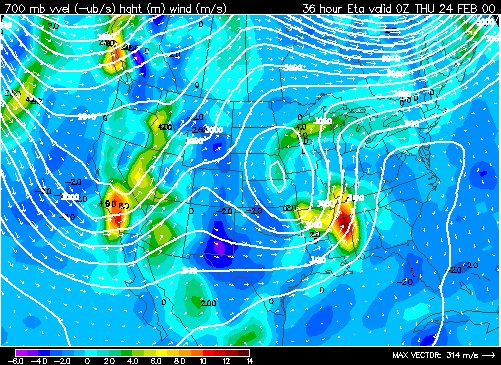Hi Gang

have been enjoying the answers to the questions posed by others and myself, it has been good knowledge
building for a few of us. thanks.
ok next topic...
I would like to know about upper and surface troughs ...
1) can they both produce storming (given other favourable atmospheric conditions) ?
2) if they both can ... is one more favourable than the other and why ?
wonder if some one can answer a Q that I didnt, really get an answer to on the stormtrack
forum a couple of months ago
3) can some one clearly explain (hopefully with a diagram etc) positively and negatively tilted troughs
below one reference I found on the net...... sorta helped but still left me puzzled
WHAT IS A "NEGATIVELY TILTED TROUGH"?
METEOROLOGIST JEFF HABY
In forecast discussions you will come across the terms positive, neutrally and negatively tilted trough. When a trough is positive or neutrally tilted it is usually not referenced at such. However, when it becomes negatively tilted it will be referenced as such. The tilt of a trough is the angle the trough axis makes with lines of longitude. A negatively tilted trough tilts horizontally (parallel to surface) from the northwest to the southeast. What is the big deal about having a negative tilt?
(1) indicates a low pressure has reached maturity,
(2) indicates strong differential advection (middle and upper level cool air advecting over low level warm air advection). This increases thermodynamic instability.
(3) Indicates good vertical wind shear.
A deep low pressure, a negatively tilted trough, and a warm and moist warm sector combination east of the Rockies often produces a severe weather outbreak. What causes the negative tilt?
(1) Strong middle and upper level winds wrapping around the base of the trough,
(2) A strong jet streak near the base of a trough
(3) A ridge to the east of the trough (like a sideways inverted trough)
(4) Occlusion of low pressure.
The image below is that of a negatively tilted trough located across the Southeast U.S. Notice the trough tilts from the NW to the SE and wind speeds are highest within the negative tilt.

is it purely that the isobars are curving to the SE, but are relatively "straight" across the NW side of the LOW ?
therefore is there another less intense one over california ( in the SW) ?
I'm also trying to visualise this, particularly from a side on (cross-section) perspective
cheers
Dave